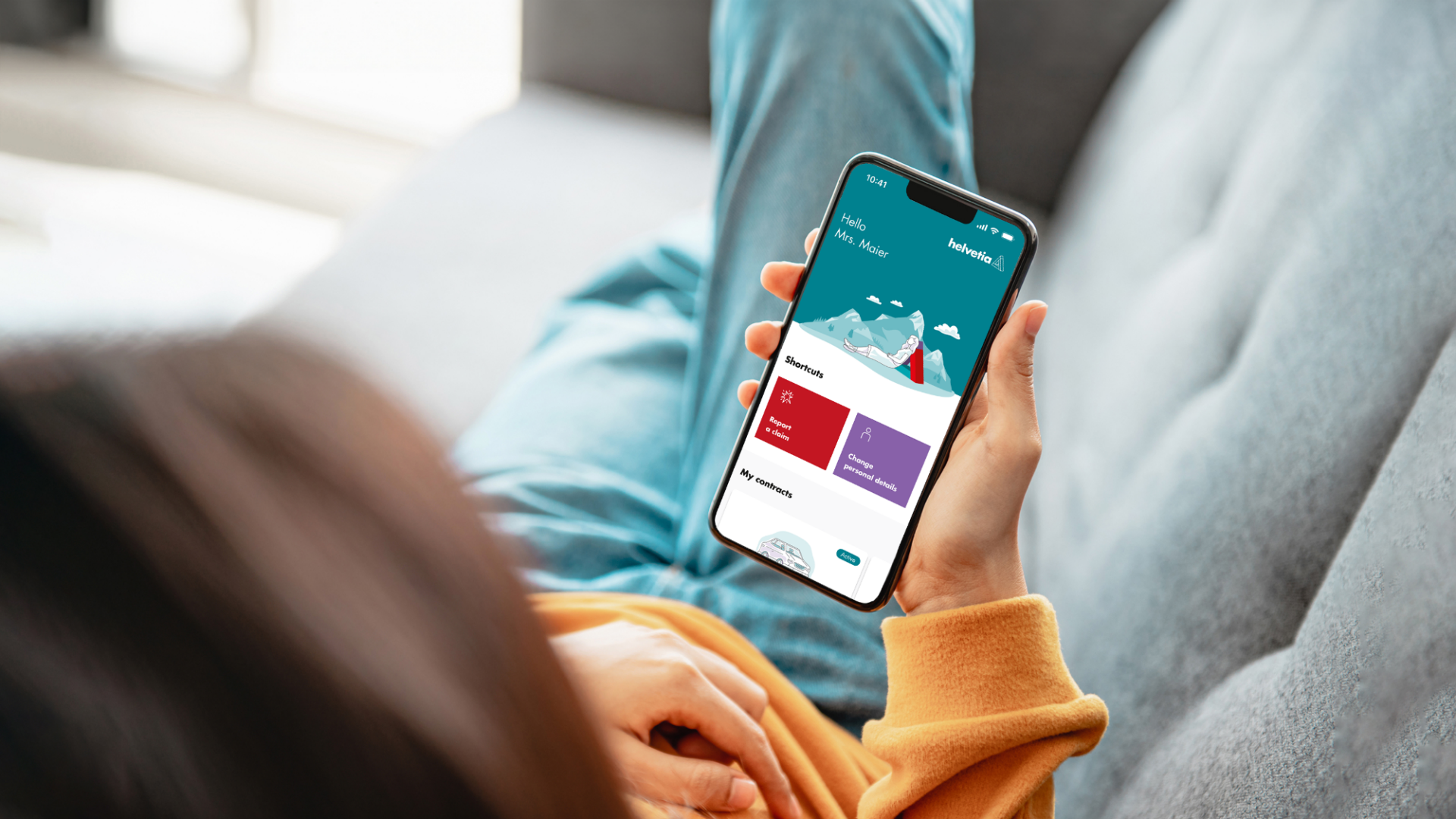Your retirement income is basically taxed in the same way as your previous income. However, there are some differences.
The OASI and pension fund pensions must be taxed as income. If you withdraw the pension assets as a lump sum instead of as a pension this must be taxed once at a separate, reduced rate.
Your private pillar 3b pension is usually made up of a guaranteed pension and a surplus pension. Since 1 January 2025, these components have been subject to different amounts of income tax (previously generally 40%).
The portion of your guaranteed pension (taxable income portion of the guaranteed benefits) that is taxable as income depends on when you took out your insurance. The technical minimum interest rate applicable at the time also plays a part. You can find the corresponding percentage for your guaranteed pension in the Federal Tax Administration FTA table. The taxable portion of your surplus pension (if applicable), i.e. the taxable income portion of the surplus benefits, is always 70%.
At the beginning of each year, you will receive a certificate for your tax return of the retirement pensions received in the past year. If you accumulate a retirement pension in pillar 3a over the long term, you can deduct the annual contributions from your taxable income and thus save on taxes each year. However, the pensions are taxable as income.














